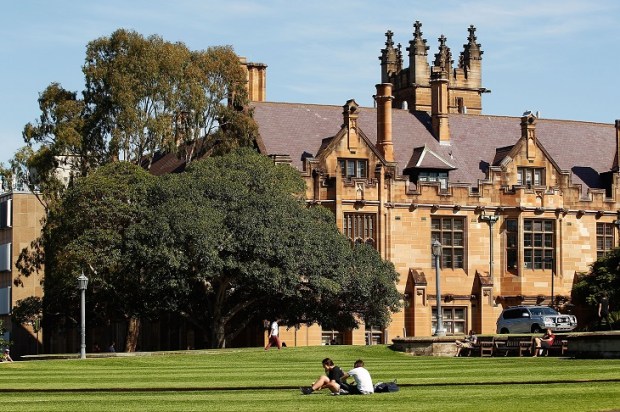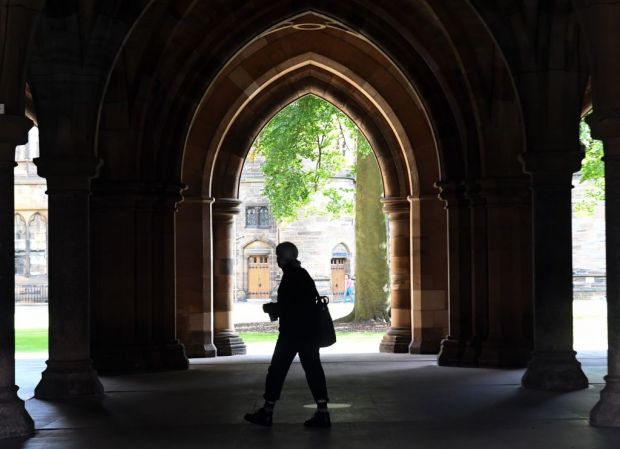Amid an acute nationwide worker shortage, only the political class in Canberra would propose something as counterproductive as the takeover of Australia’s TAFE colleges by the university sector.
The recently released Australian Universities Accord Final Report has called for a vast expansion of student numbers, radically increased funding, and what effectively amounts to a takeover of the TAFE system.
Already a subscriber? Log in
Subscribe for just $2 a week
Try a month of The Spectator Australia absolutely free and without commitment. Not only that but – if you choose to continue – you’ll pay just $2 a week for your first year.
- Unlimited access to spectator.com.au and app
- The weekly edition on the Spectator Australia app
- Spectator podcasts and newsletters
- Full access to spectator.co.uk
Or


























Comments
Don't miss out
Join the conversation with other Spectator Australia readers. Subscribe to leave a comment.
SUBSCRIBEAlready a subscriber? Log in